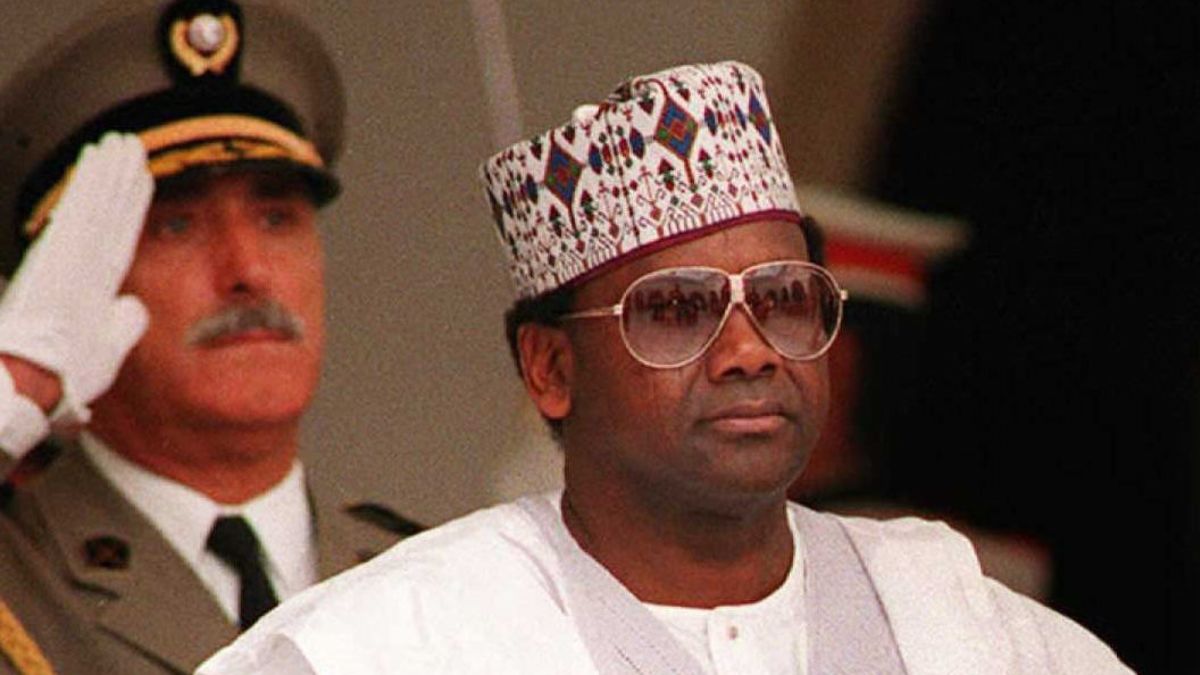TEHRAN, Iran — Iran’s Supreme Leader Ayatollah Ali Khamenei has privately named three senior clerics as potential successors in the event of his death during Israel’s ongoing military campaign, according to multiple reports that suggest a rare moment of urgency and contingency planning at the highest levels of the Islamic Republic.
The revelation, first reported by The New York Times on Saturday, June 21, 2025, and corroborated by The Jerusalem Post, indicates that the 86-year-old leader — now reportedly operating from a fortified bunker — acted after a wave of Israeli strikes that killed several top Iranian military and nuclear figures in recent weeks.
Notably absent from the list of potential successors is Khamenei’s influential son, Mojtaba Khamenei, who has long been considered a leading contender to succeed his father.
The omission is seen by analysts as a clear departure from earlier expectations of a dynastic transition, signalling a preference for ideological loyalty over familial inheritance.
“Khamenei has nominated three clerics as potential successors while hiding in a bunker… Mojtaba is not among them,” The New York Times reported, citing senior Iranian officials.
Under normal circumstances, Iran’s Supreme Leader is selected by the Assembly of Experts — an 88-member body of senior clerics constitutionally mandated to oversee leadership succession.
However, sources suggest that Khamenei’s actions are aimed at guiding or even bypassing that process, preserving his hardline vision for the country in case of a sudden power vacuum.
“The Assembly of Experts may still have formal power, but Khamenei’s choices could shape succession beyond the grave,” Financial Times noted in a Friday, June 20, 2025 report.
The identities of the three clerics have not been publicly disclosed, but reports indicate they are figures aligned with Iran’s conservative establishment.
By nominating multiple candidates instead of a single successor, Khamenei appears to be acknowledging internal divisions within the elite while attempting to ensure continuity should he be incapacitated or killed.
“This is succession planning not in theory — but under fire,” a regional intelligence official was quoted as saying by The New York Times. “Khamenei’s action signals a regime that sees the risk of decapitation as real.”
The development comes amid escalating tensions in the Middle East. Since early June, Israeli airstrikes have reportedly targeted and killed top Iranian Revolutionary Guard Corps (IRGC) commanders, including Hossein Salami and Gholam Ali Rashid.
A strike on Friday, June 13, 2025, alone is said to have eliminated several senior nuclear scientists and military officials.
Khamenei’s reported preemptive move also includes reshuffling parts of the military command structure to guard against further Israeli operations that could destabilise the regime’s central leadership.
With Iran bracing for potential leadership transition during an active conflict, questions loom over the balance of power between Khamenei’s informal succession plan and the constitutional authority of the Assembly of Experts.
“The three unnamed clerics reflect hardline continuity, not reformist compromise,” New York Post observed in a June 21 report, reinforcing the view that Iran’s future leadership may lean further into ideological rigidity rather than political reform.
As Israeli strikes continue and Tehran’s leadership reportedly operates from underground facilities, the internal dynamics of Iran’s clerical and political elite remain opaque — but the urgency of recent moves points to a government actively preparing for the possibility of sudden leadership change under the pressure of war.







